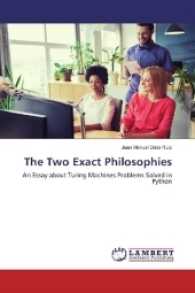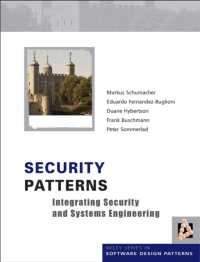Full Description
A practical reference for university and senior secondary school students. Theories are explained in straight-forward language, including factors that affect the learning of languages, such as motivation, memory and a range of strategies initiated by students themselves. Examples are taken from the beginner to advanced levels, including print and other media, individual and class study. Students report their use of computers and how they have approached the learning of culture. A final chapter has advice on taking examinations.
Contents
Introduction.- PART ONEChoosing a Language and a Course.- Knowing a Language. What Does it Mean?.- Language Learning: Comparisons and Contrasts.- Language Learning: Memory and Motivation.- Setting and Reaching Goals.- Keeping a Learning Journal.- PART TWO; SPECIFIC STRATEGIES FOR LANGUAGE ACQUISITION.- Vocabulary Learning.- Listening to a New Language.- Speaking Fluently.- Reading for Several Purposes.- Literature in the Language Course.- Writing in a New Language.- Culture and Language Learning.- Language Examinations.- Further Reading.- Questionnaire.- Acknowledgements.- Index.







